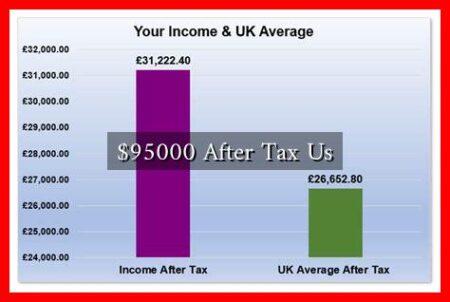-
Table of Contents
Understanding US Tax Withholding: A Comprehensive Guide
Tax withholding is a crucial aspect of the American tax system, impacting millions of workers and their financial planning. It refers to the process where employers deduct a portion of an employee’s earnings to cover federal, state, and local taxes before the employee receives their paycheck. This article delves into the intricacies of US tax withholding, its importance, and how individuals can manage it effectively.
What is Tax Withholding?
Tax withholding is essentially a prepayment of income tax. Employers are required to withhold a certain percentage of an employee’s wages based on the information provided on their W-4 form. This form allows employees to indicate their filing status, number of dependents, and any additional amount they wish to withhold.
The Importance of Tax Withholding
Understanding tax withholding is vital for several reasons:
- Budgeting: Withholding helps employees manage their finances by ensuring that they do not owe a large sum at tax time.
- Compliance: It ensures compliance with tax laws, reducing the risk of penalties for underpayment.
- Cash Flow: Regular withholding provides a steady cash flow to the government, which is essential for funding public services.
How Tax Withholding Works
Tax withholding is calculated based on various factors, including:
- Filing Status: Single, married, or head of household.
- Income Level: Higher earners typically have a higher withholding rate.
- Allowances: The more allowances claimed on the W-4, the less tax is withheld.
For example, a single individual with no dependents will have a higher withholding rate compared to a married couple with children who claim multiple allowances.
. The IRS provides tax tables that employers use to determine the correct amount to withhold based on these factors.
Adjusting Your Withholding
Employees can adjust their withholding at any time by submitting a new W-4 form to their employer. This is particularly important during life changes such as marriage, divorce, or the birth of a child. Here are some scenarios where adjusting withholding may be beneficial:
- Increased Income: If you receive a raise or a new job, you may need to increase your withholding to avoid owing taxes.
- Life Changes: Events like marriage or having a child can change your tax situation significantly.
- Tax Refunds: If you consistently receive large tax refunds, you might want to reduce your withholding to increase your take-home pay.
Common Misconceptions About Tax Withholding
There are several misconceptions surrounding tax withholding that can lead to confusion:
- More Withholding Equals a Bigger Refund: While more withholding can lead to a larger refund, it also means less take-home pay throughout the year.
- All Employees Are Taxed the Same: Tax withholding varies significantly based on individual circumstances.
- Withholding Is Optional: While employees can adjust their withholding, failing to withhold enough can lead to penalties.
Conclusion
Tax withholding is a fundamental component of the US tax system that affects every working individual. Understanding how it works, its importance, and how to manage it effectively can lead to better financial planning and compliance with tax laws. By staying informed and adjusting withholding as necessary, employees can ensure they are not overpaying or underpaying their taxes. For more detailed information, you can visit the IRS Tax Withholding Estimator.
In summary, being proactive about tax withholding can help individuals maintain financial stability and avoid surprises during tax season. Whether you are a new employee or have been in the workforce for years, regularly reviewing your withholding status is a smart financial practice.




